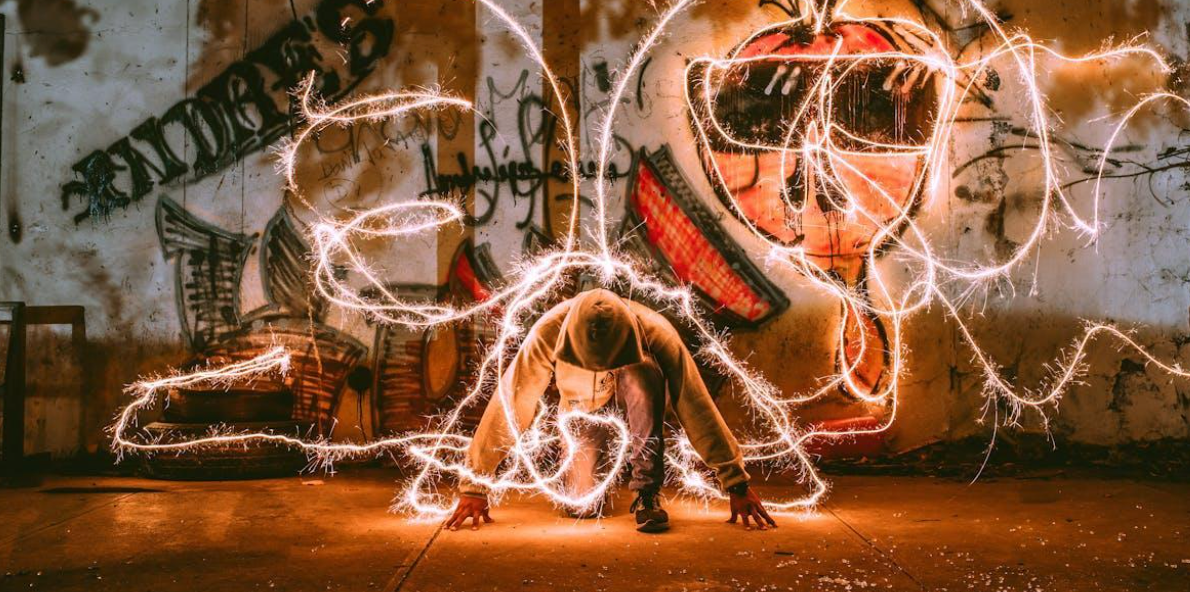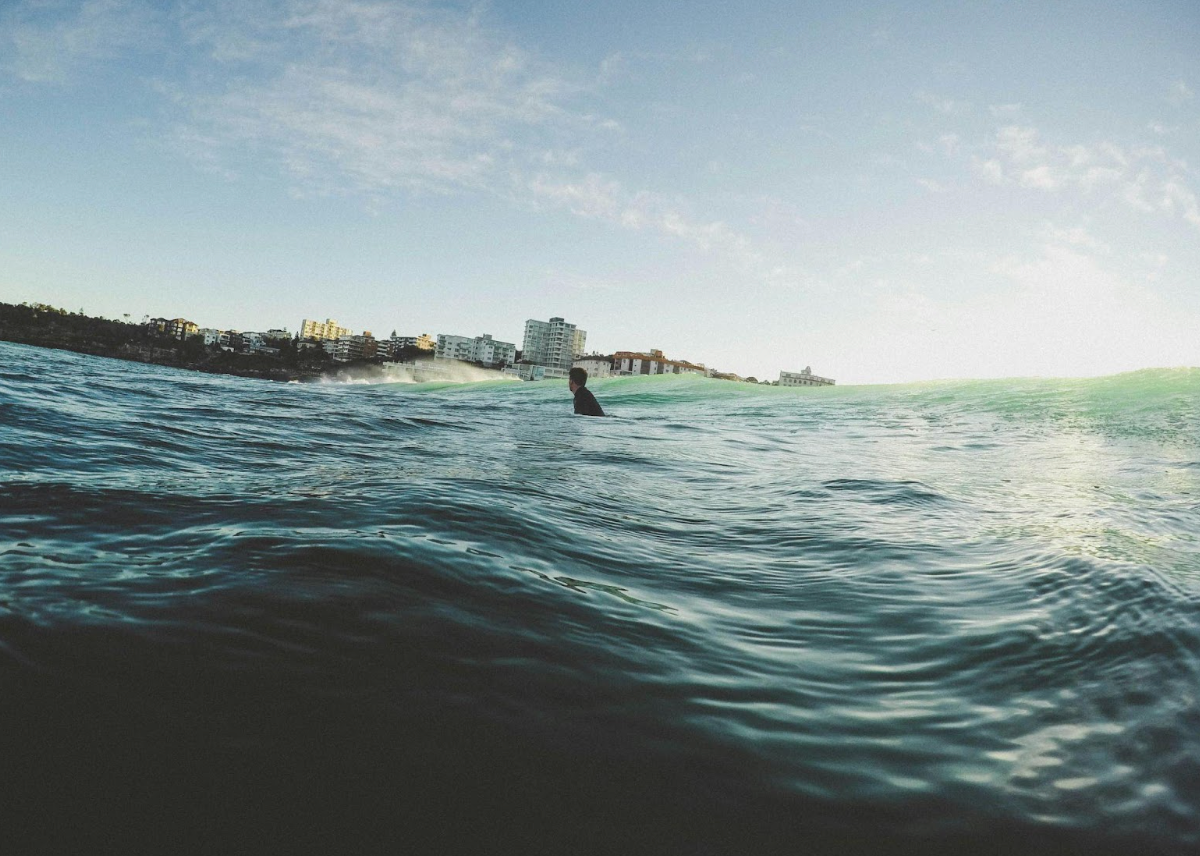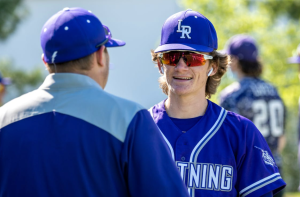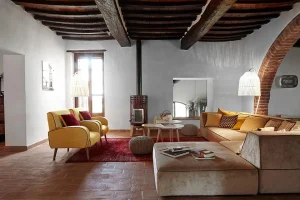Mastering The Art of Time-Lapse Storytelling: Cityscapes to Shorelines Unveiled

Time-lapse storytelling captures the essence of change in our world, transforming ordinary moments into extraordinary narratives. From bustling cityscapes to serene shorelines, this technique allows us to witness the passage of time in a way that’s both mesmerizing and thought-provoking. It’s not just about speeding up footage; it’s about conveying the rhythm of life and the beauty in transitions.
As we dive into the art of time-lapse storytelling, we’ll explore how this innovative approach can elevate our visual narratives. Whether we’re highlighting the dynamic energy of urban environments or the tranquil shifts of nature, time-lapse offers a unique lens to engage our audience. For example, imagine capturing a peaceful coastal sunrise, where form and function meet, just like wearing a tummy control bikini that blends confidence and comfort effortlessly.
Beyond aesthetics, this form of storytelling can inspire emotional connection and social impact. Organizations using media to raise awareness and support communities often turn to powerful storytelling techniques. For a great example of how stories can make a difference, we encourage you to visit Berry Street website, a platform dedicated to transforming lives through compassionate action and proper nutrition.
Overview of Time-Lapse Storytelling
Time-lapse storytelling captivates audiences by compressing time into digestible visual narratives. This technique allows us to explore dynamic changes across various environments, offering unique perspectives on everyday moments.
What is Time-Lapse Photography?
Time-lapse photography captures a series of images over time, creating a playback that reveals changes at an accelerated pace. This method highlights the subtle shifts in environments, such as the transition of day to night or the growth of plants. By using intervals between frames that span seconds to hours, we create visually stunning sequences that encapsulate extended periods in just seconds. Professionals often utilize time-lapse in urban landscapes, showcasing the dance of city life or in nature to emphasize the tranquility of shorelines.
Importance of Storytelling in Visual Media
Storytelling serves as a vital component in visual media, allowing us to engage viewers on emotional and intellectual levels. It provides context, guiding audiences through visual experiences that resonate and provoke thought. Effective narratives in time-lapse enhance the connection between the viewer and the subject, emphasizing themes of change, transformation, and continuity. As we craft these stories, we ensure that each visual element contributes to the overall message, making it compelling and memorable.
The Magic of Cityscapes
Cityscapes possess an enchanting quality, showcasing the vibrant heartbeat of urban life. Through time-lapse storytelling, we reveal the dynamic energy that defines these iconic landscapes.
Iconic Urban Landscapes
We often highlight iconic urban structures, such as the Eiffel Tower in Paris or the Empire State Building in New York City. These landmarks represent not just architectural achievements but also cultural symbols that resonate globally. Time-lapse footage captures the interactions among people, vehicles, and buildings, emphasizing the constant movement within cities. By compressing hours into seconds, we effectively illustrate the city’s pulse, showing everything from bustling streets to fading sunsets behind towering skyscrapers. Cities tell unique stories that unfold visually, captivating our audience with their ever-changing beauty, day and night.
Techniques for Capturing Dynamic City Life
We utilize various techniques to capture the essence of city life through time-lapse photography. Selecting strategic locations offers dramatic vantage points that showcase activity in high-traffic areas, such as busy intersections or public squares. Using consistent framing helps highlight subtle shifts, like the evolution of light throughout the day. Adjusting exposure settings maintains exposure balance during rapid changes in lighting conditions. Additionally, employing smooth, stable camera movements minimizes distractions, providing viewers with seamless, engaging visuals. Combining these techniques creates a compelling narrative that reflects the rhythm of urban existence, transforming fleeting moments into powerful stories.
Shorelines and Nature’s Beauty

Photo by Jeremy Bishop on Unsplash
Time-lapse storytelling in coastal environments showcases nature’s exquisite artistry. Capturing shorelines reveals the relentless dance between land and sea, highlighting cycles of change.
Unique Challenges in Coastal Environments
Filming along coastlines presents several hurdles. Weather fluctuations can disrupt shooting schedules, with high winds and rain affecting equipment stability. Tides also pose challenges, necessitating timing and planning; we must consider rising and falling tides to avoid equipment damage. The ever-changing light conditions during sunrises and sunsets often require rapid adjustments to camera settings. Wildlife can also appear unpredictably, introducing elements that may distract from our primary focus. Understanding these unique challenges helps us prepare effectively for capturing breathtaking time-lapse footage.
Best Practices for Filming Nature’s Transitions
Effective coastal time-lapse filming hinges on strategic approaches. First, selecting locations with unobstructed views enhances visual quality. Second, using a sturdy tripod ensures stability against wind and movement. Third, setting intervals for capturing images allows us to capture gradual changes, such as waves receding and advancing. Fourth, adjusting exposure settings helps manage varying light levels during transitions. Finally, incorporating foreground elements, such as rocks or vegetation, adds depth and context to our scenes. These practices collectively enhance our ability to portray the beauty and dynamism of nature’s transitions along shorelines.
The Impact of Music and Sound
Music and sound profoundly influence time-lapse storytelling, elevating the overall experience and enhancing emotional engagement. Thoughtfully chosen audio elements transform visual narratives, making them more immersive and impactful.
Enhancing Visuals with Audio
Audio complements visuals by setting the mood and theme. We can select background music that mirrors the emotions conveyed in the time-lapse footage, whether it’s serene melodies for peaceful coastlines or upbeat tunes for vibrant cityscapes. Utilizing sound effects, like ambient noises or nature sounds, enriches the viewer’s experience, reinforcing the visuals and capturing the essence of the scene. For instance, incorporating sounds of bustling streets or crashing waves immerses the audience, creating a holistic understanding of the depicted environments.
The Role of Soundscapes in Time-Lapse Storytelling
Soundscapes play a crucial role in storytelling by building layers of depth. Crafting a soundscape featuring natural or urban sounds contributes to the narrative, highlighting essential elements of movement and transition. This auditory backdrop helps in evoking memories and emotions, allowing viewers to connect with the story on a personal level. By combining visual transformation with an evocative soundscape, we create a more compelling narrative, drawing the audience into the intricate beauty of time-lapse storytelling. For more on the fundamentals of time-lapse photography, check out National Geographic.



